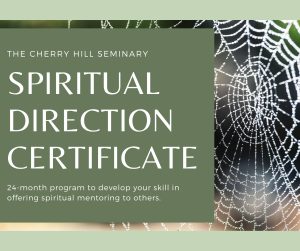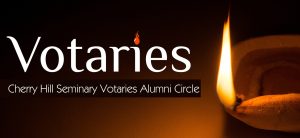—by Christina Beard-Moose, Ph.D.
Realizing that shamanism is still a thriving indigenous way of being in the world may come as a shock even for some Pagans in the U.S. Just last week Norway has recognized shamanism as an official religion. Many Saami herders have continued their practices for eons. Further, many, many women are shamans. Discussing the gendered experience of shamans is vital to understanding the rituals within the practice. When teaching, I like to take people on a tour of ritual around the world, starting with shamanism, which is the oldest form of ritual, a single-person ritual intended to help the whole community.
Then there are rites of intensification and rites of passage. We do the first extremely well in the West, e.g., July 4th, Thanksgiving, and full moon circle. Anything that brings us all together, when come together as a community or society to celebrate our shared cultural system may be considered a rite of intensification. These rites have some common elements, though each system looks very different.
But we are not very good at rites of passage in this country. Even though we have some good examples, like marriage, graduation, etc., and a few religious ceremonies like bar or bat mitzvah and confirmation – we really don’t do adolescent to adulthood in our society. I think that’s part of our societal angst, what everybody is looking for. How do we know when a person goes from adolescence to adulthood? Or further, from any status to any other status?
The size and complexity of our own U.S. cultural system is part of the difficulty. In small communities, everyone knows personally or knows of everyone else, therefore, when a person goes through a rite of passage, the entire society knows about it and can take part – maybe must take part – in the ceremony. We can think about this in terms of same-sex marriage here. Because we have an enormous society, there must be overarching federal laws that allow people to move from state to state and retain their status. In a small society, people have the function of approving or disapproving and making a [mostly] consensual decision about the appropriateness of behaviors. So, some states have endorsed same-sex marriages and other states have not. Until the federal government does the same, the rite of passage that changed the status of the individuals is null when they move away from their approving state.
I’ve been interested in this subject for 25 years – what can we do as Pagan practitioners (beyond, e.g., occasional festivals like EarthSpirit’s Rites of Spring) to introduce adolescent-to-adulthood rites of passage to our wider Pagan community? Things were terrible when I came of age, and I don’t think it has changed very much. I think it completely depends on how feminist your mother is. But even the moms I know who do not speak negatively about menarche, also don’t celebrate it. I want to show what can change, what can be done.
Indigenous male initiation rituals like those of the Masai are something else we encounter in my classes. Male initiation in other countries is more prevalent than female initiation. But in our country, males don’t have much of an initiatory experience except for going out to get drunk when you turn 21. Native Americans still conduct male initiation ritual, depending on the tribe and local culture.
One of the pieces of ritual that I am most excited about is the relatively new red tent movement and a celebration of menses. For too long, the big three monotheistic religions have subjugated women’s bodily functions to some category of “disgust,” “polluting,” or “evil.” Our society has certainly bought into that with products, cleansers, eliminators, inhibitors, and all of the media rampage that comes with it. Young women must be taught to embrace the blood that comes every month. not to fear and loathe it.
On the other end of the menstrual scale, this society does the same thing to menopause. Actually, the word is a misnomer, because we all know that once it sets in to stay, it is actually meno-stop. Women of a certain age, which can be from the 40s to 60s (and younger and older in anomalous cases) are blamed, criticized and doctored to death when they come to the end of childbearing. And of course, in a society that worships youth, meno-stop can be the end of the world. The Centers for Disease Control found that suicide rates are 32% higher for women between 35 and 64 years of age. Wow!
We have parameters for analyzing ritual anthropologically. Students can go out with this learning and we become part of changing the overall culture.
 Christina Beard-Moose Christina Beard-Mooseis Associate Professor of Anthropology at SCCC-SUNY, with a Ph.D. in Feminist Anthropology. Among her professional interests are Among my research expertise/interest are Cultural Anthropology; Cultural and Eco-Tourism; Women’s Spirituality Movement; Anthropology of Religion; Thealogy; Qualitative Ethnographic Field Methods; Anthropological Theory: History of Feminist Anthropology and History of American Anthropology |





